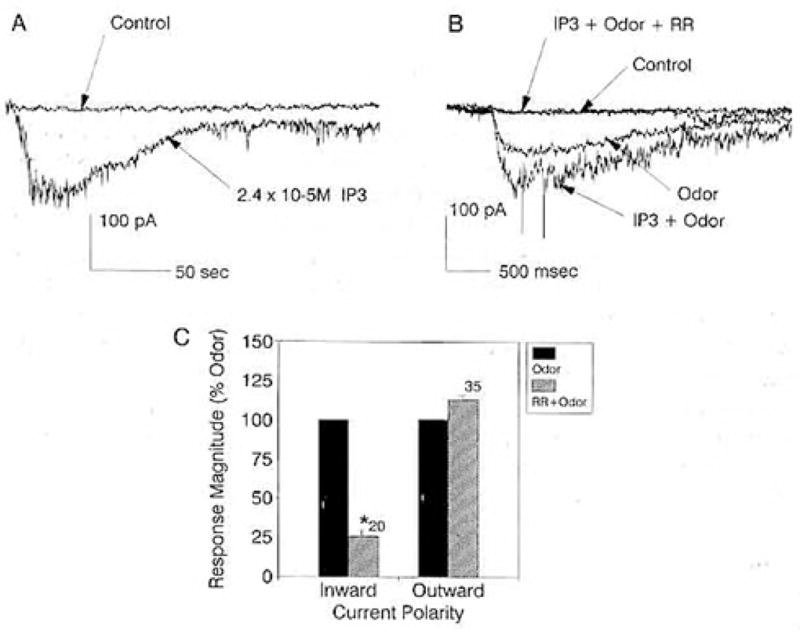Figure 1. IP3- and Odor-Evoked Macroscopic Currents in Voltage-Clamped Cultured Lobster ORNs.

(A) Whole-cell recording from an ORN that was sequentially patched with normal patch solution and then IP3 in the patch pipette. Holding potentials, −60 mV.
(B) Whole-cell recording from an ORN that was sequentially patched with normal patch solution and then IP3 in the patch pipette and then “spritzed” in each instance with odors. First patch: Control, response to recording media. Odor, response to TET. Second patch: IP3 + Odor, response to TET with 2.4 × 10−3 M IP3 in the patch pipette. IP3 + Odor + RR, response to TET with IP3 in the patch pipette while bathing the cell in 10 μM RR. Holding potentials, −60 mV.
(C) Plot of the mean peak amplitude of odor-evoked inward (n = 20) and outward (n = 35) currents in the absence (closed bar) and presence (striped bar) of 10 μM RR in the bath. Response magnitudes in the absence of RR were normalized to 100%. Asterisk indicates significant difference at p ≤ 0.05, paired t test. Holding potential, −60 mV.
